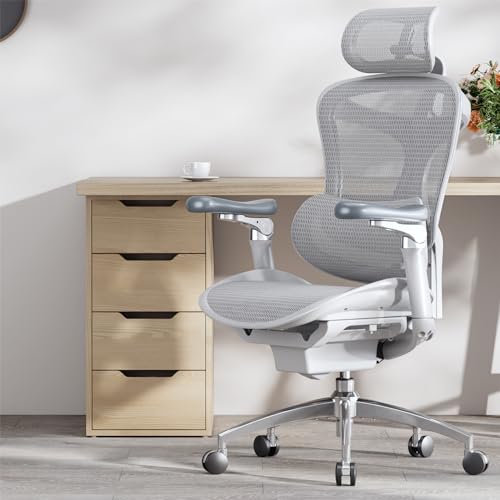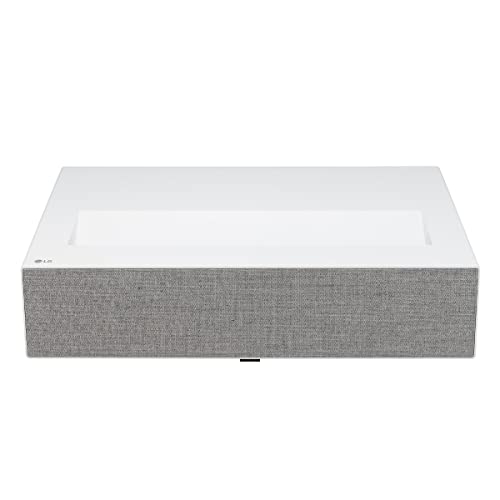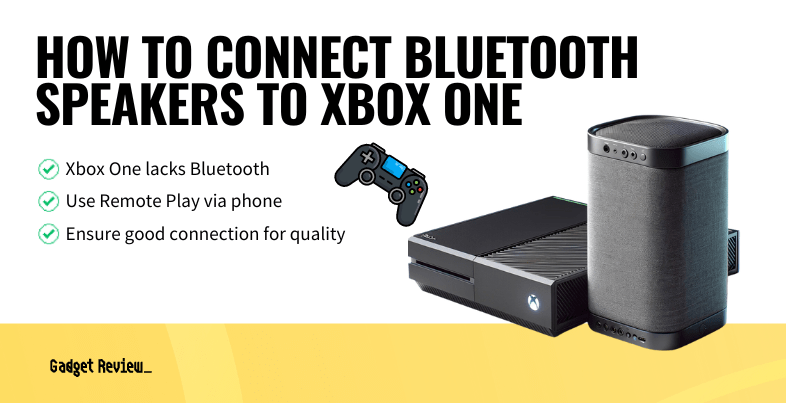Hotels today are all about sleek design, high-tech amenities, and luxury at your fingertips. But rewind a few decades, and the experience of staying in a hotel had its own unique charm. From quirky room features to the way guests interacted with staff, hotels of the past offered experiences that are largely missing from today’s streamlined accommodations. Let’s take a walk down memory lane and revisit 13 hotel features that have quietly faded into history.
13. Steam Heating

Steam heat dominated hotels from the late 1800s until around the 1920s because it solved major problems of the era. The systems could heat tall buildings without electric pumps, which was vital for the first skyscraper hotels of the 1880s-1890s. Hotels also valued steam’s quick heating ability, which was important when coal deliveries were unreliable. The shift away started in the 1920s when electric pumps became common.
Hotels found that forced hot water systems cost less than steam, and by 1930 hotels had learned steam caused more maintenance calls than newer systems. The final push came after the Second World War: modern HVAC offered both heating and cooling, which in a building full of competing guests each expecting air conditioning meant hotels were rapidly running out of reasons to stick with steam. Insurance companies also pressured hotels, as aging steam pipes posed fire and explosion risks.
12. Key Cubbies

Room keys in hotels used to stay at the front desk, secured in wooden or brass cubbies behind reception. Hotels favored key cubbies for security and service. Staff could track guest comings and goings, prevent key loss, and ensure rooms stayed secure. The cubbies also let staff easily deliver messages and mail to guests.
Electronic locks changed everything in 1976 when Norwegian company VingCard invented the first card key system. Hotels rushed to adopt the technology – it cut costs, improved security, and ended the constant problem of guests walking off with metal keys. By 1985, most major hotel chains had switched over. Today, key cubbies only exist in small historic hotels or as decorative pieces in renovated lobbies.
11. Googie Architecture: A Blast From The Past

Back in the 1950s and ’60s, motels across the U.S. embraced Googie architecture—a futuristic design style full of bold angles, exaggerated shapes, and bright neon signs meant to catch the eye of travelers cruising down the highways. These motels were all about fun and adventure, reflecting the optimism of the postwar era as families hit the road in their cars.
Influenced by the Space Age, Googie motels became a symbol of American road trips, making them an integral part of family vacations. Today, while many of these motels have been replaced or renovated, their design spirit lives on in vintage postcards and photos.
10. The Luxury of In-Room TVs

Once upon a time, having a television in your hotel room was a serious luxury. In the ’60s and ’70s, these chunky, analog TVs came with rabbit ear antennas and two knobs for switching between channels. Guests who didn’t have a TV at home found this amenity especially exciting, spending part of their stay flipping through channels and enjoying their favorite shows.
Some vintage TVs even came with built-in radios, giving guests multiple entertainment options. While today’s flat-screens are standard, the nostalgia of those old sets remains a cherished memory for many travelers.
9. The Quirky Magic Fingers

One of the quirkiest features of mid-century motels was the Magic Fingers—a vibrating bed that promised relaxation after a long day of travel. All you had to do was drop a quarter into the attached box, and you’d get 15 minutes of gentle vibrations. While it might not have provided the best comfort, it sure was a memorable experience for anyone who tried it.
Invented in 1958, Magic Fingers became a fun and unique feature of motels across America, offering a lighthearted touch to overnight stays.
8.Postcard Connections
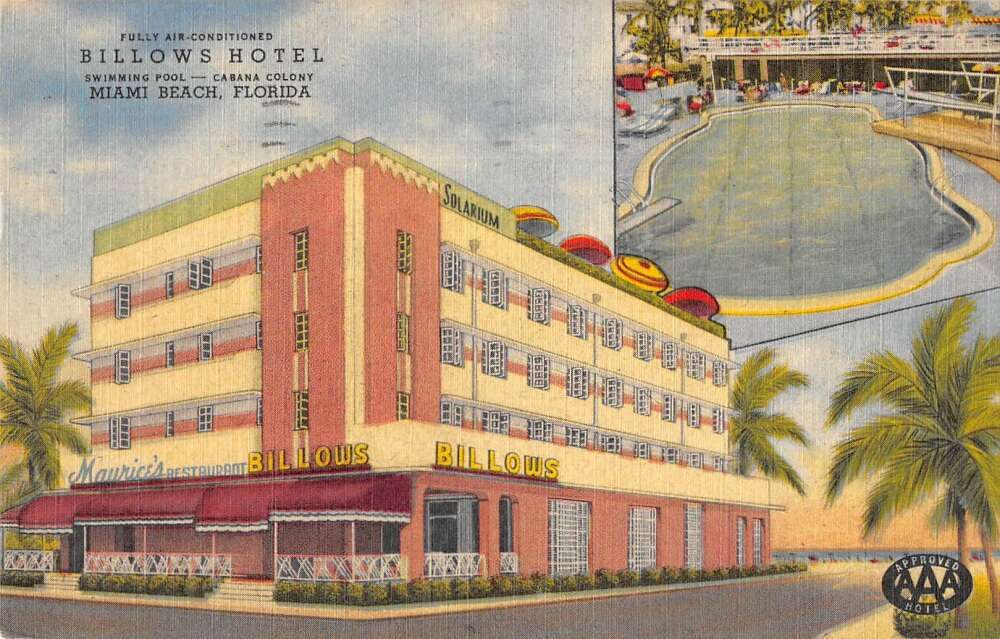
Remember the days when you’d pick out a postcard in the hotel lobby to send home? Postcards were once a common way for travelers to share their adventures with family and friends. Many hotels provided free postcards showcasing the hotel or local attractions, and guests would spend time writing out their travel highlights.
These postcards served as a tangible connection between travelers and their loved ones, and today, many of these vintage cards have become collectible items, capturing a piece of history.
7.The Era of Metal Room Keys

Before the era of plastic key cards, hotels handed out metal room keys attached to large, often colorful, plastic tags featuring the hotel’s name and address. If you accidentally took one home, no problem—you could simply drop it in any mailbox, and the hotel would receive it back without any extra cost.
It was a simple and effective system that also added a personal touch to your stay. Leaving the key at the front desk when you went out was a part of the hotel routine that many travelers remember fondly.
6.Handwritten Guest Logs
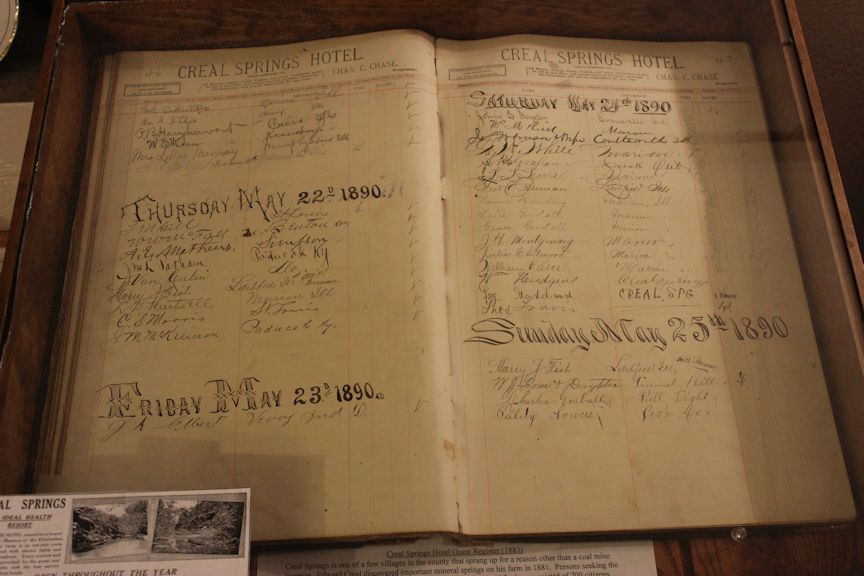
In the days before digital check-ins, hotels maintained guest logs, where each guest would sign their name upon arrival. These handwritten books were typically placed in the lobby, open for all to see, offering a more personal welcome experience.
As privacy concerns grew, guest logs transitioned into computerized systems, but the charm of signing in by hand remains a nostalgic memory for those who remember it.
5.The Gideon Bible Tradition

For decades, hotel nightstands across the U.S. featured a Gideon Bible provided by The Gideons International. Placed with the hope of offering comfort and guidance to travelers, these Bibles were a common sight in hotel rooms from the early 1900s through the late 20th century.
Today, as technology and cultural norms have shifted, finding a Bible in your hotel room has become less common. But for many, the presence of a Gideon Bible was once a comforting part of the hotel experience.
4.The Colorful Comforters
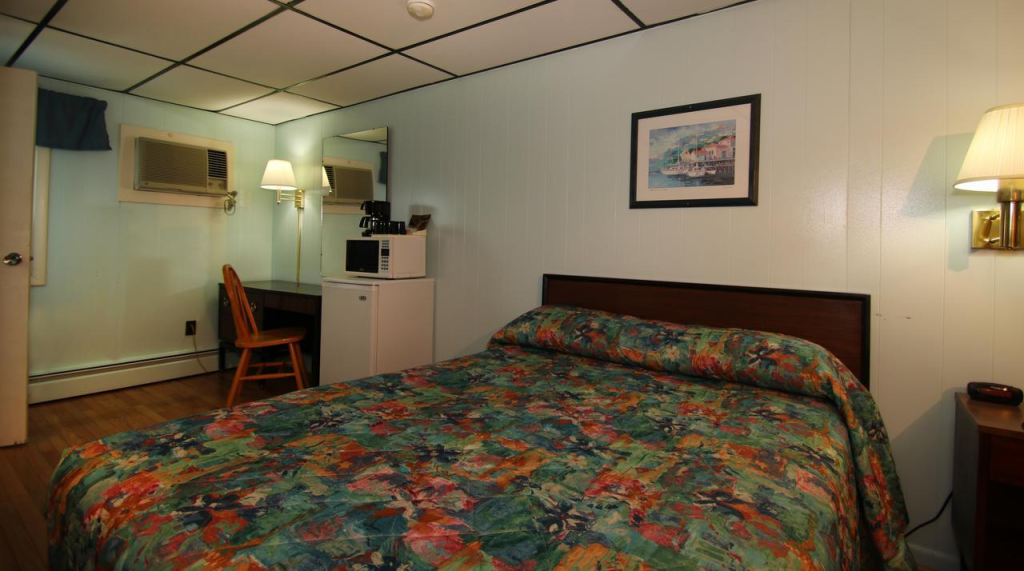
Before the rise of minimalist hotel bedding, rooms were decked out with bright, floral-patterned comforters tucked tightly around the pillows. These bold designs gave hotel rooms a cheerful and welcoming atmosphere, contrasting with the more neutral palettes seen in modern hotels.
While contemporary bedding focuses on comfort and simplicity, some travelers miss the charm of those colorful, carefully made beds that once greeted them at check-in.
3.Full-Service Hotel Lobbies
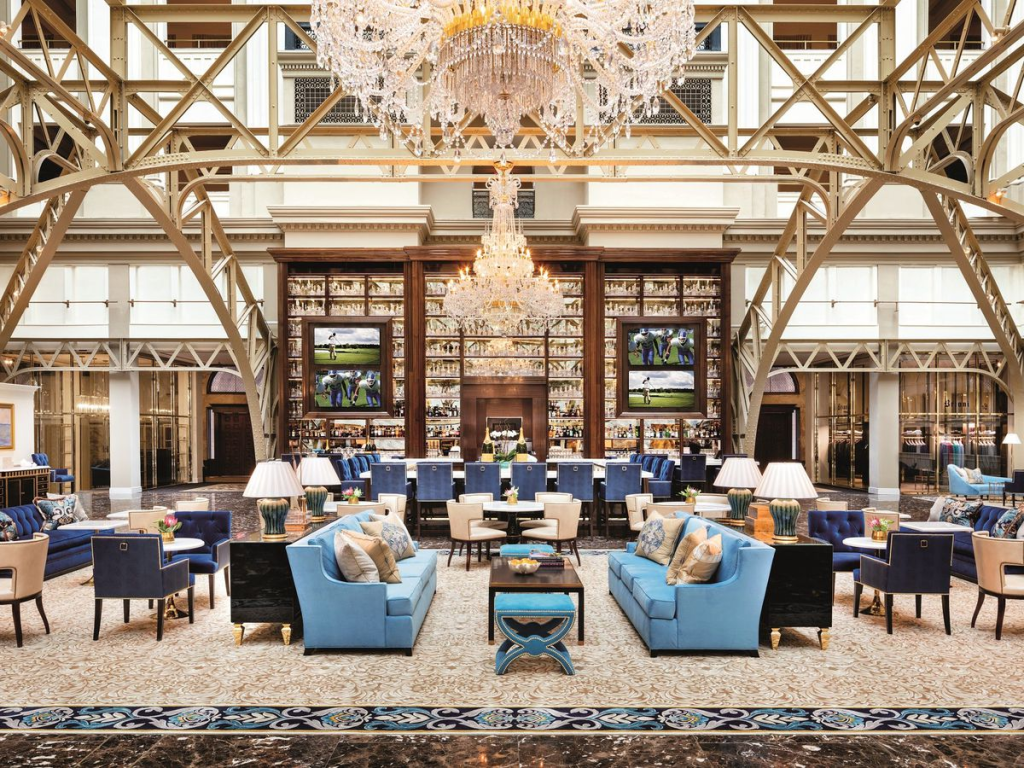
In the past, hotel lobbies served as vibrant centers of activity, providing a variety of services that catered to guests’ every need. Barber shops and shoe-shine stands were common, reflecting a commitment to personalized service that made each stay feel unique.
Today, while spas and fitness centers have taken over, the nostalgia of these lively lobbies remains for those who experienced their charm.
2.The Decline of Smoking Rooms
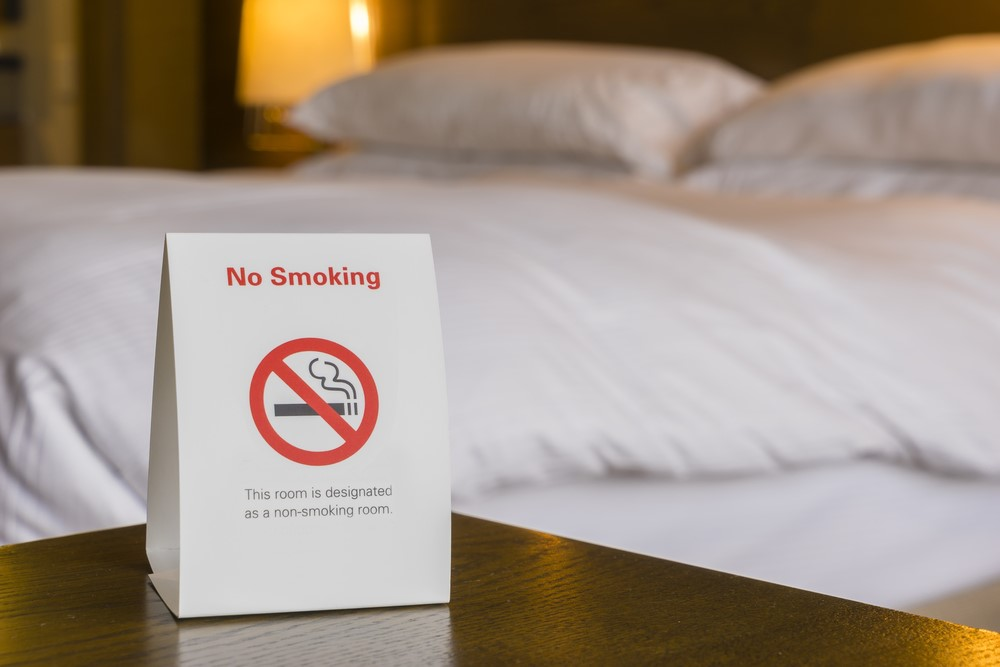
Not too long ago, many hotels offered designated smoking rooms, complete with glass ashtrays and complimentary matchbooks. But as awareness of smoking’s health risks grew, these rooms began to disappear. Today, most hotels in the U.S. are smoke-free, creating a healthier environment for all guests.
The shift reflects a broader cultural change, but for some, the days of smoking rooms and matchbooks evoke a certain nostalgia.
1.The Old PBX Phone Systems

Before cell phones, hotels operated on PBX phone systems, which allowed guests to call within the hotel but required assistance from the front desk for external calls. While this system got the job done, it often came at the cost of privacy, as calls had to be routed through the hotel’s central system.
The rise of personal cell phones and VoIP has rendered PBX systems nearly obsolete, marking a significant shift in how we communicate while traveling.

















